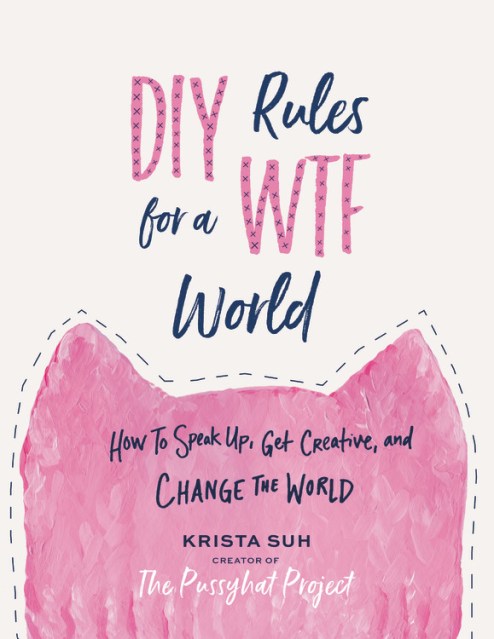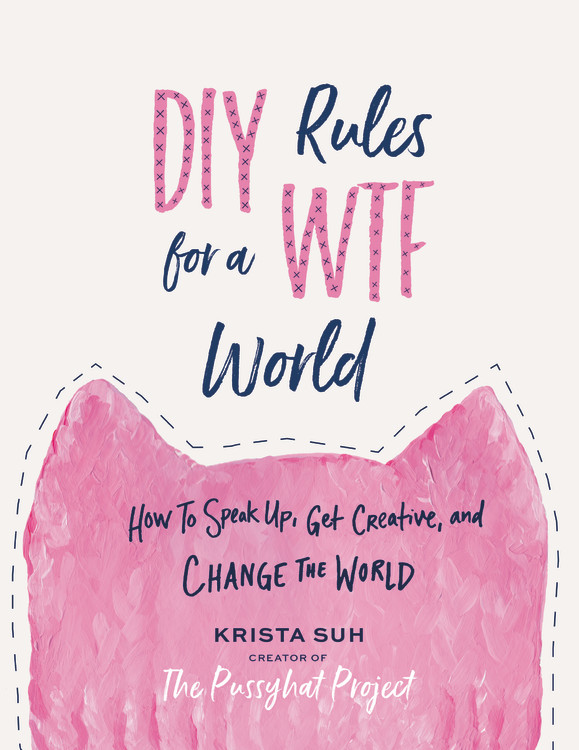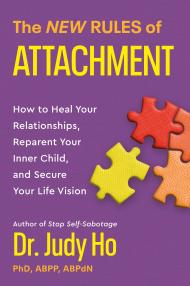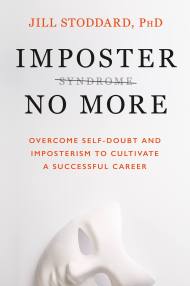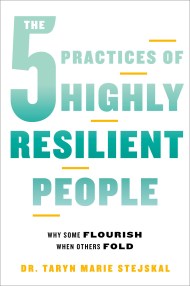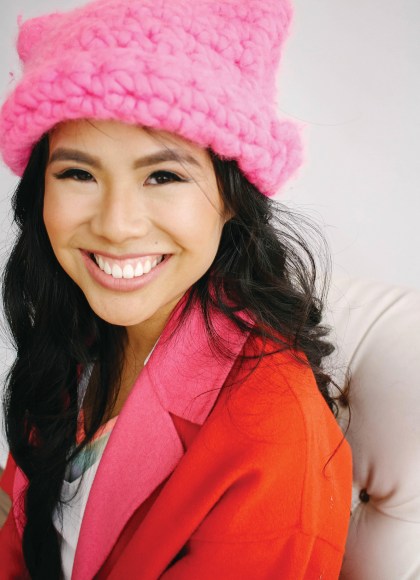Promotion
Use code MOM24 for 20% off site wide + free shipping over $45
DIY Rules for a WTF World
How to Speak Up, Get Creative, and Change the World
Contributors
By Krista Suh
Formats and Prices
Price
$25.00Price
$32.50 CADFormat
Format:
- Hardcover $25.00 $32.50 CAD
- ebook $13.99 $17.99 CAD
- Audiobook Download (Unabridged)
- Trade Paperback $14.99 $19.49 CAD
This item is a preorder. Your payment method will be charged immediately, and the product is expected to ship on or around January 16, 2018. This date is subject to change due to shipping delays beyond our control.
Also available from:
From the creator of the Pussyhat Project comes a manifesto for every woman to create her own distinct and original path to joy, success, and impact.
On January 21, 2017, millions of protestors took part in the Women’s March, and many of them created a “sea of pink” when they wore knitted pink “pussyhats” in record numbers. The pussyhat swiftly found its place on the cover of TIME and the New Yorker, and it ultimately came to symbolize resistance culture. Creator of the Pussyhat Project, Krista Suh, took an idea and built a worldwide movement and symbol in just two months. But like so many women, Krista spent years letting her fears stop her from learning to live by her own rules.
Now in DIY Rules for a WTF World, Krista Suh shares the tools, tips, experiences, “rules,” and knitting patterns she uses to get creative, get bold, and change the world. From learning how to use your own intuition to decide which rules are right for you to finding your inner-courage to speak up fearlessly; from finding what your passions are (this might surprise you!) to dealing with the squelchers out there, DIY Rules for a WTF World not only inspires you to demolish the patriarchy, but also enables you to create your own rules for living, and even a movement of your own, all with gusto, purpose, and joy.
A Vogue “Book to Change Your Life in 2018” Pick
A Bustle “Best Nonfiction Book of January 2018 to Get You Ready for the Year”
Genre:
-
"Creativity is a key component of the resistance, and Krista Suh's singular vision launched a nationwide community of women to craft arguably the most iconic visual of the Women's March. Watching the waves of pink hats spill over Independence Avenue as women, femmes and allies came together in numbers too big to ignore was an unforgettable experience. The future is female, and it is also DIY!"Bob Bland, National Co-Chair of Women's March on Washington
-
"Krista Suh wrote your best friend in book form - this book inspires and guides you to get to know yourself better so you're empowered to take on the world."Ann Shen, author of Bad Girls Throughout History
-
"Krista Suh is pure cosmic magic. Your own inner cosmology cannot help but become wilder, bolder, limitless, more abundant, more expansive, and more joyful in seeing the world through her unconventional wisdom."Yumi Sakugawa, author of The Little Book of Life Hacks
-
"Krista Suh is in the business of unleashing the modern day women from the invisible chains of an outdated patriarchy, towards a society that values the intuition, healing, and communal vibes of the feminine divine. This book encapsulates so many of Krista's ingenious philosophies and tips to a life filled with self care, confidence, and, eventually, global impact."MILCK, singer-songwriter of "I Can't Keep Quiet", the unofficial anthem of the Women's March
- On Sale
- Jan 16, 2018
- Page Count
- 256 pages
- Publisher
- Grand Central Publishing
- ISBN-13
- 9781538712337
Newsletter Signup
By clicking ‘Sign Up,’ I acknowledge that I have read and agree to Hachette Book Group’s Privacy Policy and Terms of Use
